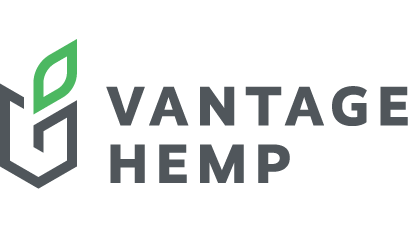
23 Mar Choosing the Right Partner for an Asset-Light Business Model
In today’s landscape, the asset-light business model has become increasingly popular, and for good reason. An asset-light model allows businesses to focus on their core competencies while outsourcing other aspects of their operations to trusted partners. This approach has proven successful for many industries, including Uber, Airbnb, and Marriott International.
In the cannabis and hemp industry, an asset-light model has become particularly prominent due to ongoing industry shifts, reprioritization of goals and objectives, capital constraints, and the need for business model realignment. The high capital costs of building manufacturing facilities and the volatile market make an asset-light model attractive.
Take Canopy Growth, for example, transforming its Canadian business to an asset-light model by exiting cannabis flower cultivation or Craftport Cannabis purchasing from other LPs in order to leverage and scale its packaging capabilities.
What becomes essential for these companies is choosing the right partners.
Achieving an Asset-Light Status
Asset-light models prioritize outsourcing functions such as cultivation, manufacturing, R&D, and distribution to specialized partners, allowing your business to focus on strengths such as product innovation, branding, and customer service.
A successful asset-light business model encompasses a network of trusted vendors with expertise in their respective fields. These vendors must have an adherence to the standards your company expects and must abide by jurisdictional requirements.
Many successful companies have adopted an asset-light business model to stay competitive and profitable, control costs, and make ‘owned’ operations leaner in a highly saturated industry.
Vetting Potential Partners
Companies must evaluate potential partners to ensure that they can deliver services and products at a high level of quality required to meet their business needs.
The first step is to identify the specific services you require from your partners by determining business goals and objectives, as well as your target market.
Here are some tips on how to vet potential partners for an asset-light model:
Conduct Background Checks and Evaluate the Track Record of Success
- Conduct research on potential partners, such as their business history, reputation, financial stability, and regulatory standing.
- Choose a partner with a proven track record of success in the industry. Look for companies with extensive experience in their respective field.
Assess Capabilities
- Evaluate their operational capabilities to ensure they can provide the required services and/or products. Determine their capacity, quality standards, and delivery timelines. It is highly recommended to perform a site visit/audit to confirm capabilities.
- Choose partners with up-to-date technology, efficient processes, and reliable infrastructure.
- Choose a partner with a sound business model that can meet the growing manufacturing demand.
Check for Compatibility
- Consider the compatibility of your business models, processes, and cultures. Ensure that their values, mission, and vision align with yours.
- Evaluate their network to determine if they have access to resources and credible third parties to help you expand your market reach and further reduce costs.
Review Contract Terms
- Review their contract terms including pricing, service levels, and termination clauses. Consider the risks and liabilities involved in the partnership.
Check for References
- Request references from existing clients, partners, and suppliers. Evaluate their track record and reputation in the market.
Supply Chain Solutions
Our team at Vantage Hemp Co. regularly speaks with companies interested in liquidating their supply chain exposure in order to focus on their core competency: bringing brands to market. We then act as a specialized, ‘one-stop-shop’ partner, providing complete, internationally compliant, supply chain solutions.
Recently, Vantage partnered with a company that was one of the leading vertically integrated CBD manufacturers in the United States from 2016 to 2021. With properties in genetics and cultivation, extraction, refinement, finished goods manufacturing, brand management, and distribution, the company had a significant market share.
However, in 2021, as the price of biomass and raw extracts collapsed, many vertically integrated companies sought to relieve themselves of their complex supply chains. Here’s where Vantage steps in.
Eliminate the Need for Vertical Integration
Transitioning to an asset-light business model can offer numerous benefits such as reduced capital expenditure, increased flexibility, and improved efficiency. By focusing on outsourcing and partnerships, your company can streamline its operations, optimize resources, and enhance its competitiveness in the marketplace. While the shift to an asset-light approach requires careful planning and execution, the rewards can be substantial, both in terms of financial savings and strategic advantages.
If you’re looking to stay ahead of the curve and adapt to the changing market conditions, embracing an asset-light philosophy is a smart and worthwhile decision. Let trusted and experienced companies make your transition to an asset-light model smoother and more successful.

Sorry, the comment form is closed at this time.